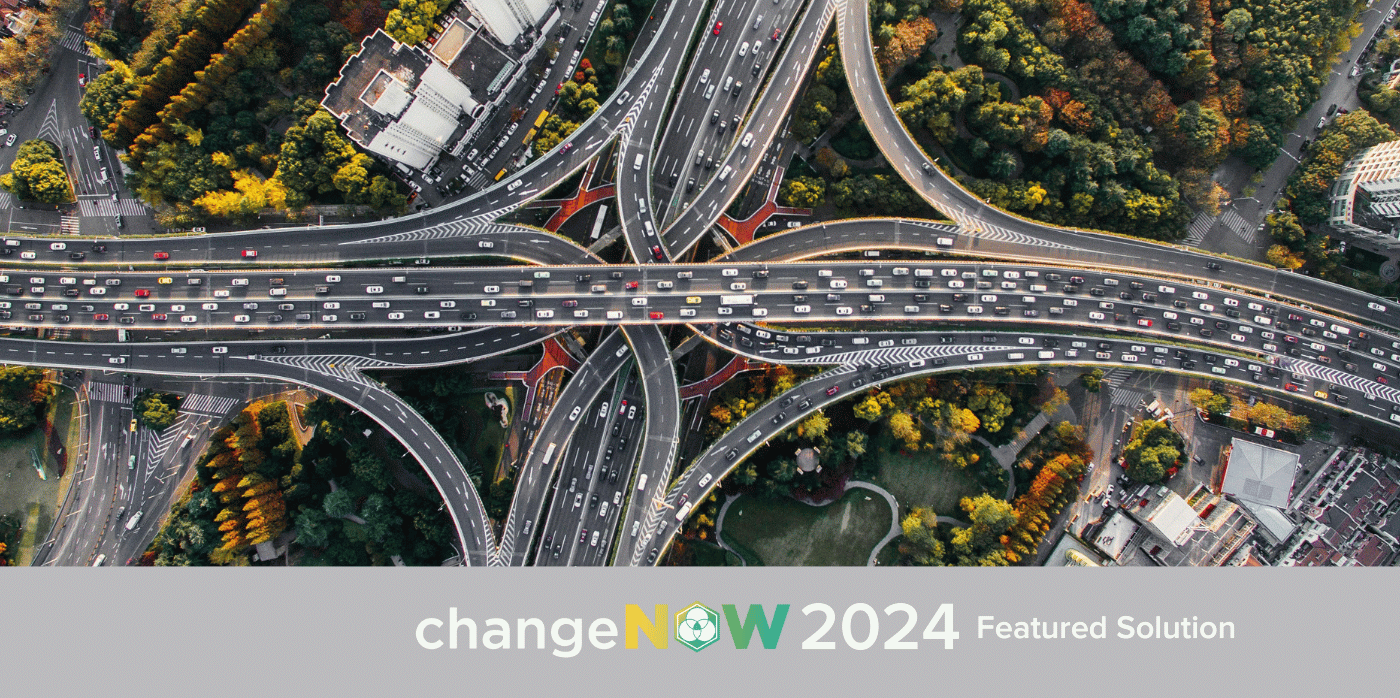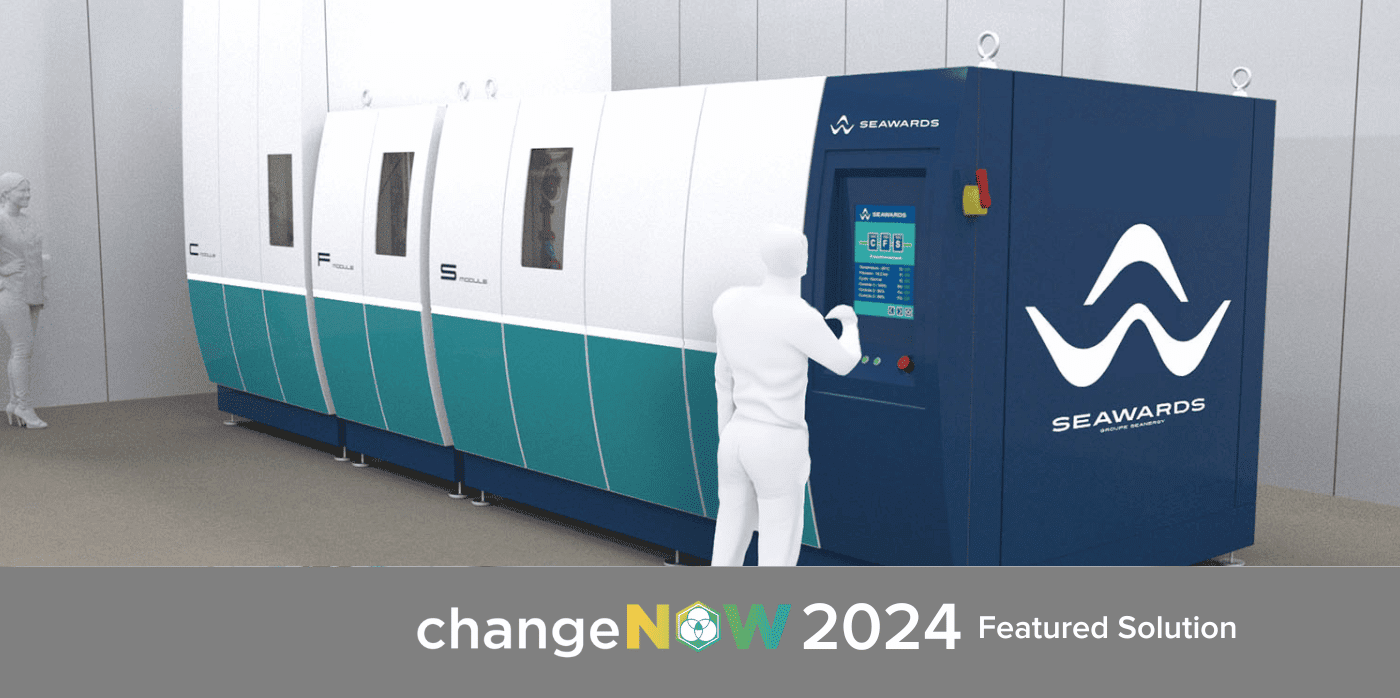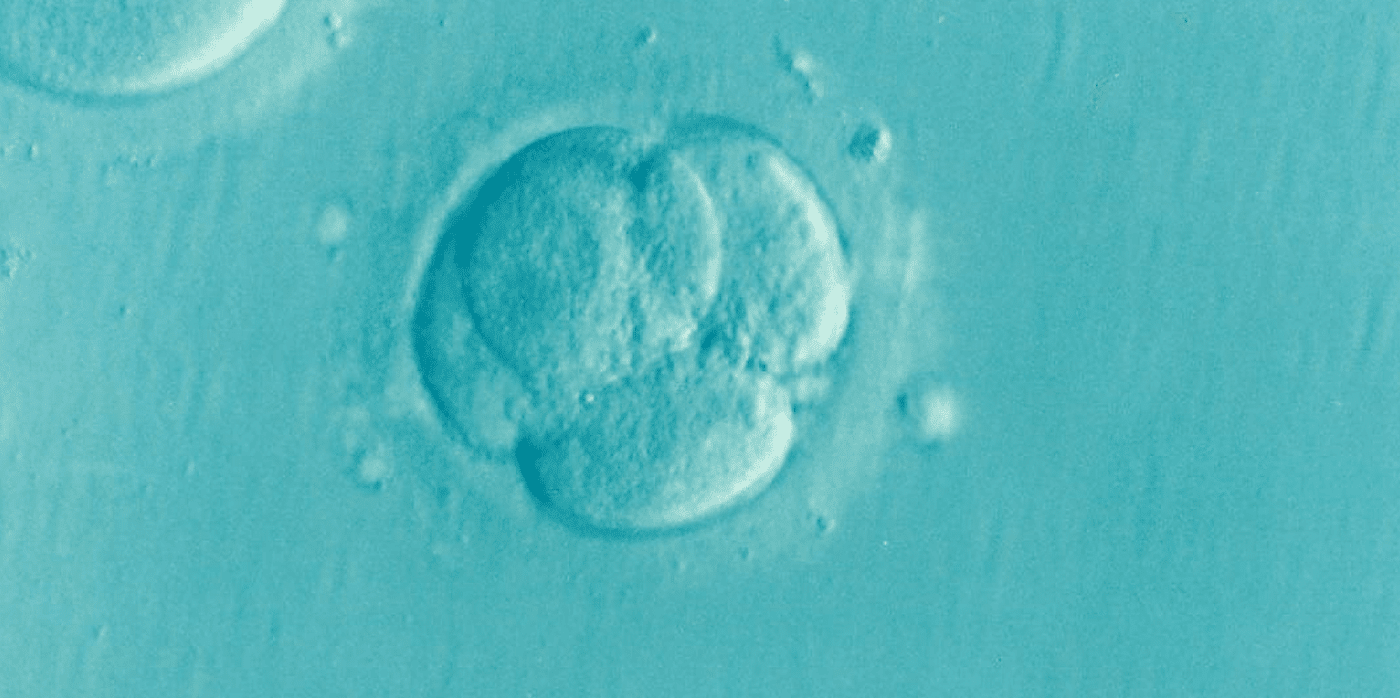AI and satellite data improves the resilience of cities

Spotted: Cities around the world are preparing for the likelihood of more frequent and severe heat waves in the coming years, with large urban areas at risk of turning into heat islands that are up to eight degrees Celsius warmer than surrounding rural areas. Yet many governments are wholly unprepared for the speed at which climate experts predict changes will occur.
Sustainable solutions are a must, and green walls and roofs, along with urban forests, could be some of the most effective. One company trying to make management of those assets easier and more effective is Luxembourg-based greentech company WEO. WEO uses artificial intelligence analysis of publicly available satellite imagery to provide low-cost, highly detailed analysis of the built environment.
WEO’s platform is available in two formats: Resilient Cities and Risk Management. The platform provides city planners and utility companies with insight into where heat islands occur, where so much soil is covered that runoff is at dangerous levels, and where trees pose a risk to power lines. WEO’s analytics improve the quality of lower-resolution data from satellite imagery and then the company uses machine learning to extract advanced insights for risk assessment and monitoring.
Resilient Cities’ analysis provides detailed data up to one metre in resolution that helps urban planners and local governments measure the growth and health of trees, track canopy cover, and reduce rainfall runoff. ‘Risk Management’, meanwhile, reviews the proximity of trees to utility infrastructure, maps areas of potential flooding, and highlights areas of especially flammable vegetation that should be cleared to prevent wildfires.
The affordability of the service is an important part of WEO’s goal to make cities more resilient, with the company highlighting that its technology is significantly cheaper than laser scanning, drones, or aerial surveillance. Additionally, the company emphasises its desire to work with partners for long-term projects that make the best, and fullest, use of its regularly updated data.
Satellites are increasing safety and efficiency in a number of industries, with innovations spotted in Springwise’s library including wildfire prevention and tropical weather forecasting.
Written By: Keely Khoury





